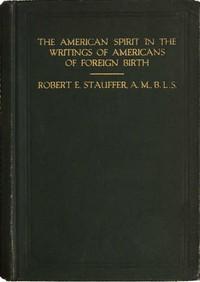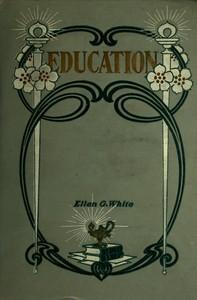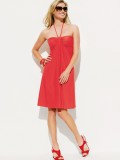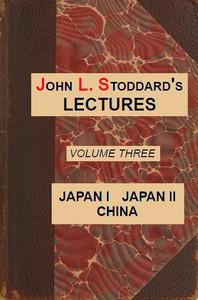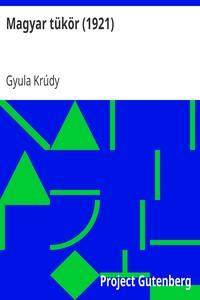Read this ebook for free! No credit card needed, absolutely nothing to pay.
Words: 87844 in 37 pages
This is an ebook sharing website. You can read the uploaded ebooks for free here. No credit cards needed, nothing to pay. If you want to own a digital copy of the ebook, or want to read offline with your favorite ebook-reader, then you can choose to buy and download the ebook.
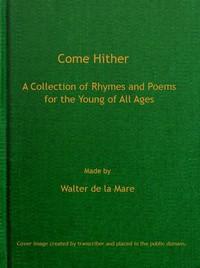

: Come Hither: A Collection of Rhymes and Poems for the Young of All Ages by De La Mare Walter Compiler Buckels Alec Illustrator - English poetry; American poetry; Children's poetry English; Children's poetry American
ey were put on. The subjects of these reliefs are taken from the life of the persons buried in the tombs, and even their possessions and occupations are thus represented. These sculptures were made by tracing the designs on the stone and then cutting it away between the figures. The mode of arrangement in these reliefs does not satisfy our ideas of what it should be. It seems as if the artists had no plan of their work in their minds--no aim as to what the effect should be when finished. On the contrary, the reliefs impress us as if the sculptors made one figure, and then added another and another in such a way as to represent the fact they wished to tell without any attention to the beauty of the whole; and so it does not seem as if there was any unity in them, but as if the large bas-reliefs were made up of disjointed parts which in one sense really have no relation to each other.
The same is true of the Egyptian statues. It appears as if the different parts might have been made separately or even by different sculptors, and then joined together. All this is because the Egyptians seemed to think of an object in parts and not as a whole. Then, too, the position of the early statues was so unnatural and awkward. The arms were placed close to the sides of the body, and there was no separation between the legs; and though in some of their articles of furniture, their pottery, and in the details of their architecture, the Egyptians made a great advance, they did not equally improve in their sculpture.
There were very few groups in Egyptian sculpture, and these seldom had more than two figures. It was customary to represent a husband and wife sitting on the same chair holding each other's hands, or having their arms around one another's waists or shoulders. Sometimes the principal figure is of large size, and the inferior persons are made much smaller and placed at the sides of the larger figure. In short, very few attitudes are represented in Egyptian sculpture, and it almost seems as if there must have been fixed rules for a certain limited number of positions after which all sculptured figures were made.
In spite of this sameness and stiffness, Egyptian sculpture is remarkable, and it is probable that if they had not been fettered by prejudices and rules the Egyptians would have excelled both in sculpture and painting.
The sides of obelisks and, more especially, the walls of temples were covered with sculptures which gave the history of kings--of their wars and conquests, and of their great works in their kingdoms. The sculptures upon the temple walls could be estimated by square rods, or even acres, better than by lesser measures. Their amount and the labor it required to make them are simply marvellous.
I will describe the subjects depicted upon one inner wall in the palace-temple of Medemet Haboo, and will quote from Wilkinson's "Egypt and Thebes." On the west wall "the Egyptian princes and generals conduct the 'captive chiefs' into the presence of the king. He is seated at the back of his car, and the spirited horses are held by his attendants on foot. Large heaps of hands are placed before him, which an officer counts, one by one, as the other notes down their number on a scroll; each heap containing three thousand, and the total indicating the returns of the enemy's slain. The number of captives, reckoned one thousand in each line, is also mentioned in the hieroglyphics above, where the name of the Rebo points out the nation against whom this war was carried on. Their flowing dresses, striped horizontally with blue or green bands on a white ground, and their long hair and aquiline noses give them the character of an Eastern nation in the vicinity of Assyria and Persia, as their name reminds us of the Rhibii of Ptolemy, whom he places near the Caspian." ...
The suite of this historical subject continues on the south wall. The king, returning victorious to Egypt, proceeds slowly in his car, conducting in triumph the prisoners he has made, who walk beside and before it, three others being bound to the axle. Two of his sons attend as fan-bearers, and the several regiments of Egyptian infantry, with a corps of their allies, under the command of these princes, marching in regular step and in the close array of disciplined troops, accompany their king. He arrives at Thebes, and presents his captives to Amen-Ra and Mut, the deities of the city, who compliment him, as usual, on the victory he has gained, and the overthrow of the enemy he has "trampled beneath his feet."
This description of these bas-reliefs, which are usually painted, will give an idea of the great works of Egyptian sculptors.
The representation of the animals in these sculptures is as successful as any part of them. There being no intellectual expression required, they are more pleasing than the human beings, with their set, unchanging features and expression. The Egyptians had several breeds of dogs, and the picture here is made up from the dogs found in the sculptures--No. 1, hound; 2, mastiff; 3, turnspit; 4, 5, fox-dogs; 6, 7, greyhounds.
I have now pointed out the marked peculiarities of Egyptian sculpture, and before leaving the subject will call your attention to the fact that in most cases it was used in connection with and almost as a part of Egyptian architecture. In the tombs the bas-reliefs are for the decoration of the walls and to finish the work of the architect, while at the same time they are an interesting feature of the art of the nation and period. In the temple palaces this is also true--though the reliefs serve the purpose of telling the history of the kings; they are, as it were, framed into and make a part of the architectural effect. The obelisks, colossal figures and Sphinxes were placed before the grand buildings, and made a part of them architecturally. In general terms we may say that sculpture never became an independent art in Egypt, but was essentially wedded to architecture; and this fact largely accounts for that other truth that sculpture never reached the perfection in Egypt that it promised, or the excellence that would have seemed to be the natural result of its earliest attainments.
ASSYRIA.
The works of sculpture in Assyria consisted of statues, bas-reliefs, statuettes in clay, carvings in ivory, metal castings, and some smaller works, such as articles for jewelry, made in minute imitation of larger works in sculpture.
Free books android app tbrJar TBR JAR Read Free books online gutenberg
More posts by @FreeBooks

: The American Spirit in the Writings of Americans of Foreign Birth by Stauffer Robert Elihu Editor - American literature; Americanization; Noncitizens United States
